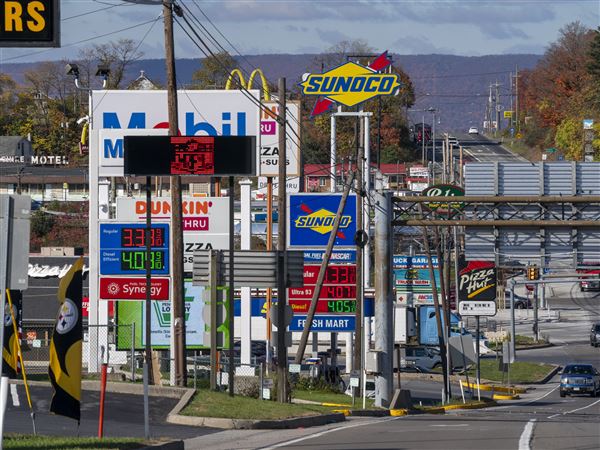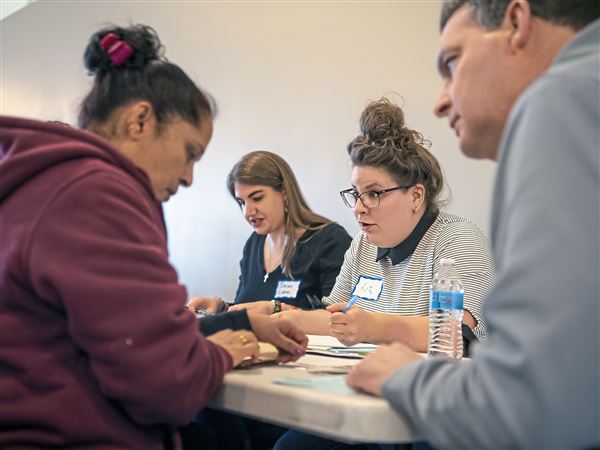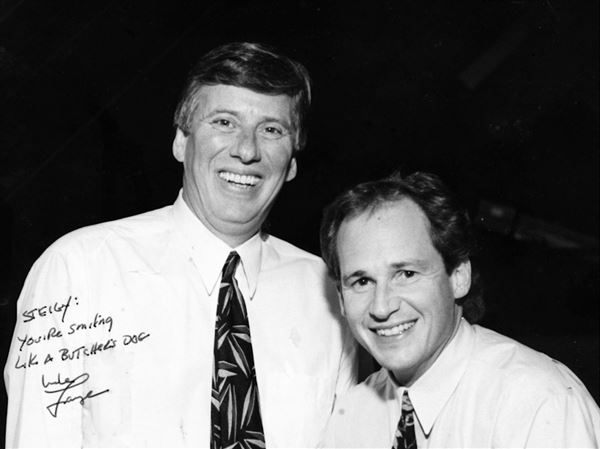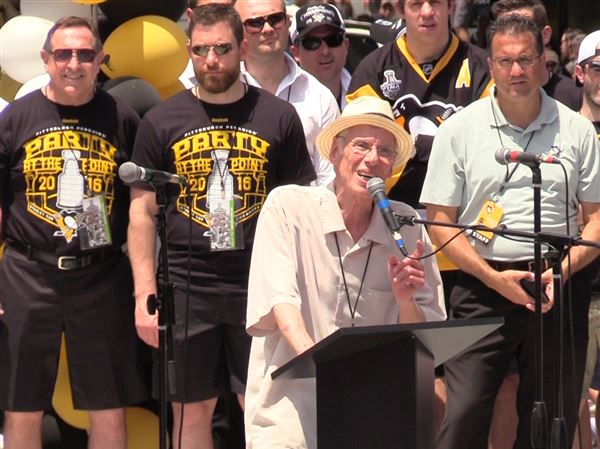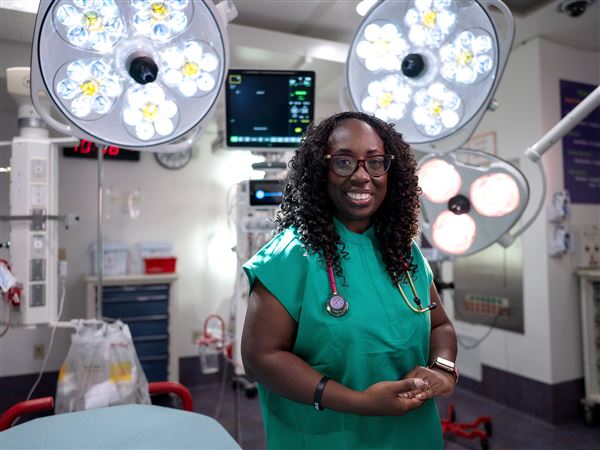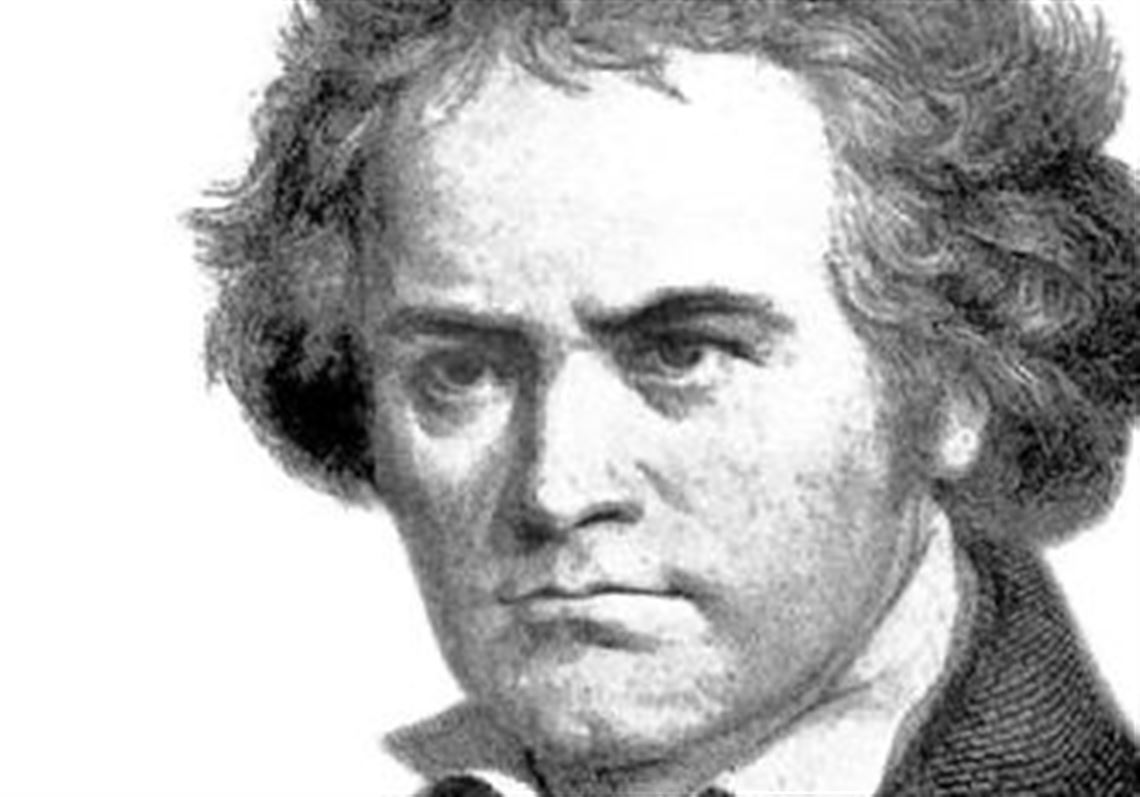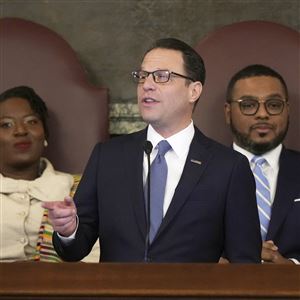When the recently organized Pittsburgh orchestra gave its first performance 120 years ago, conductor Frederic Archer chose a program featuring both old and modern composers.
Works by Beethoven and Wagner shared the spotlight with compositions by newcomers Jules Massenet and Camille Saint-Saens. The concert was held Feb. 27, 1896, in the recently completed Carnegie Music Hall in Pittsburgh’s Oakland neighborhood.
“A new era was opened in Pittsburgh yesterday, an era in which Pittsburgh shall foster within her own bounds an orchestra of symphony proportions,” the Pittsburgh Commercial Gazette reported on Feb. 28. “Yesterday afternoon was the first appearance of this organization before the public, and too much praise cannot be given for the manner in which it met the requirements of the occasion. Great results have been accomplished in the few weeks, barely five, since rehearsals have been held, and the fifty-four men yesterday were as one under the able baton of Mr. Frederic Archer, conductor.”
That first season offered listeners their choice of 10 afternoon or evening performances. The top ticket price for the season was $10 — about $290 in modern currency — for the evening concerts and $7.50, or $220, for the afternoon series. Seat prices for single concerts were one-third higher, according to a Feb. 19 story in the Commercial Gazette. It “certainly would seem an advantage to those who intend to hear all the concerts to take a season ticket now,” the newspaper suggested.
Seeking to build an audience for the future, the orchestra’s organizers also offered season tickets for balcony seats to “music pupils, choir and chorus singers and members of Pittsburgh musical unions” for as little as $1.50. Single tickets for this group were priced as low as 15 cents. That number is equal to about $4.35 in 2016.
“The management has thus far said very little about the soloists for these concerts, but the public should know there will be a soloist of distinction at each concert,” the newspaper said. The orchestra delivered on the promise at the opening concert with a performance by Austrian-born soprano Emma Juch. “She has been a favorite in Pittsburgh,” the Commercial Gazette said in its review. “Her rich and sweet soprano was the needed variation in a long program lasting over two hours and a half.”
While the first concert had been announced to start promptly at 2:15 p.m., “many of the audience were not in their seats when the music began.” As still happens at modern concerts, latecomers “were compelled to remain in the foyer until after the conclusion of the first number.” That opening work was Mendelssohn’s Symphony No. 3.
The full review from the Feb. 28, 1896, edition of Commercial Gazette of the Pittsburgh Orchestra’s first performance can be found attached to this article online at post-gazette.com/news. Len Barcousky: lbarcousky@post-gazette.com. Mr. Barcousky’s new book, “Hidden History of Pittsburgh,” will be published in April by The History Press.
NEW ERA IN MUSIC
IT OPENED WITH THE FIRST ORCHESTRA CONCERT
Fifty-four Musicians, Assisted By Emma Juch’s Sweet Voice, Fill Carnegie Music Hall With Floods of Melody – A Fine Program Presented
(Pittsburgh Commercial Gazette — Feb. 28, 1896)
A new era was opened in Pittsburgh yesterday, an era in which Pittsburgh shall foster within her own bounds an orchestra of symphony proportions, and the establishment of a series of musical events which give to hundreds of Pittsburghers an opportunity to hear in this city the finest grade of orchestral music at prices within the reach of all.
The establishment of the Pittsburgh Orchestra, founded by the Art society, has made this possible. Yesterday afternoon was the first appearance of this organization before the public, and too much praise cannot be given for the manner in which it met the requirements of the occasion. Great results have been accomplished in the few weeks, barely five, since rehearsals have been held, and the fifty-four men yesterday were as one under the able baton of Mr. Frederic Archer, conductor.
The orchestra was assisted on this in its first appearance, by Mme. Emma Juch, one of the foremost American prima donnas, as much a favorite on the concert stage as on the operatic. She has been a favorite in Pittsburgh, though during the last few years she has sung almost entirely in eastern cities. Her’s is one of the most familiar names upon festival programs and on such occasions New York, Boston, Cincinnati and others of the larger cities have heard her. Her rich and sweet soprano was the needed variation in a long program lasting over two hours and a half.
The symphony concert yesterday afternoon opened at a quarter past 2 o’clock as previously announced, though many of the audience were not in their seats, and were compelled to remain in the foyer until after the conclusion of the first number. The program opened with Mendelssohn’s symphony No. 3, in A minor, called the “Scotch Symphony.” This symphony was composed by Mendelssohn during his residence in Italy, whither he went in 1861, and after a six weeks summer tour of the Scotch highlands. This “Scotch” symphony and the “Hebrides” overture are what he brought back with him from his trip through the highlands. The symphony was not completed for eleven years, but, when finished, it was an almost perfect work. Though the symphony was written in Italy, the first sixteen bars at the beginning of the andante appear just as they were written in Edinburgh. The opening movement is an andante con moto, an introductory movement, followed by the allegro.
The distinguished characteristics of the various instruments composing the orchestra are heard and felt in this symphony as perhaps in no other. The shrill calling to one another, the gentle accompaniment of the violins, the deep rumble of the ’cellos and basses, the cry of the clarinets and the bassoons. In the allegro is the strong, vigorous and picturesque passage, commonly called the “storm.” This movement was a great favorite with Wagner. The second movement, the vivace, is light and graceful, with the freshness of an early summer morning in the highlands. It is played by the horn and ’cello, and repeated by flute and violin with the accompaniment of the other instruments. The closing movement of this symphony is majestic in style, given with the full strength of the orchestra. A coda finished the composition, which finds a counterpart in the opening andante and is full of poetic thought and feeling.
Mme. Juch followed the rendition of the “Scotch Symphony” with Beethoven’s aria, “Ah, Perfido,” The aria was written by Beethoven for Mme. Duschek, a friend of Mozart, and was given in public at her concert in Leipzig November 21, 1805. The recitative followed by the aria is full of passionate pleadings and Miss Juch sang with such fullness of expression and exquisite phrasing that she was recalled again and again and finally responded to the encores by singing a beautiful little German song with harp accompaniment. Her full, clear soprano voice, vibrant with feeling, became soft and gentle in the German song.
Two other orchestral numbers preceded the intermission, “Rigaudon De Dardanus” by Rameau and the “Marche Heroique” by St. Saens. The former composition for strings, two oboes and two bassoons is arranged for orchestra by Geveart. It is an old French dance, with its quaint marked time. The “Marche Heroique” is all that its name implies and was rendered up by the full orchestra, including the cymbals, drums, great and small, and the harp. After the needed fifteen minutes intermission, Massenet’s Suite “Scenes Pittoresque” was rendered. The four movements, the “Marche,” “Air de Ballet,” “Angelus” and “Fete Boheme” were given with all the grace and beauty which makes Massenet one of the favorites of the present-day composers.
Wagner’s overture, “Rienzi,” was the closing number of the symphony program. This overture of the first of Wagner’s operas to meet with general acceptance in Germany and the first to be published was written when he was yet in his youth and presents the upmost of contrast to his later music drams, especially “Die Gotterdammerung.” The themes which appear in this overture are all found in the opera: “Rienzi’s Prayer,” which is repeated a couple of times, the theme from the “Chorus of the People,” and the climax reached with the “Call of the Church to Arms.” It is Wagnerian in style, though more melodious and sonorous than most of the later music dramas by this same composer.
Mme. Juch appeared again in the second half of the program, singing Liszt’s “The Loreley.” This rich song, with its alluring strains and contrasting stormy passages was most effectively rendered with the accompaniment of the orchestra. An encore to this song was “Ave Maria” with violin obligato and harp and organ accompaniment.
The program given yesterday afternoon will be rendered again tonight, beginning at a quarter past 8 o’clock promptly. The two concerts will be identically the same, as will be the case with each pair of concerts given during the season.
The success of the Pittsburgh orchestra as an organization was perfectly apparent yesterday, and one of the particular features of the playing of the orchestra being the strong rhythmic quality which it sustained. Among the people who attended this first concert was Mr. [Henry] Plunket Greene, who was profuse in his admiration of the strength of the new orchestra.
First Published: February 28, 2016, 5:00 a.m.
